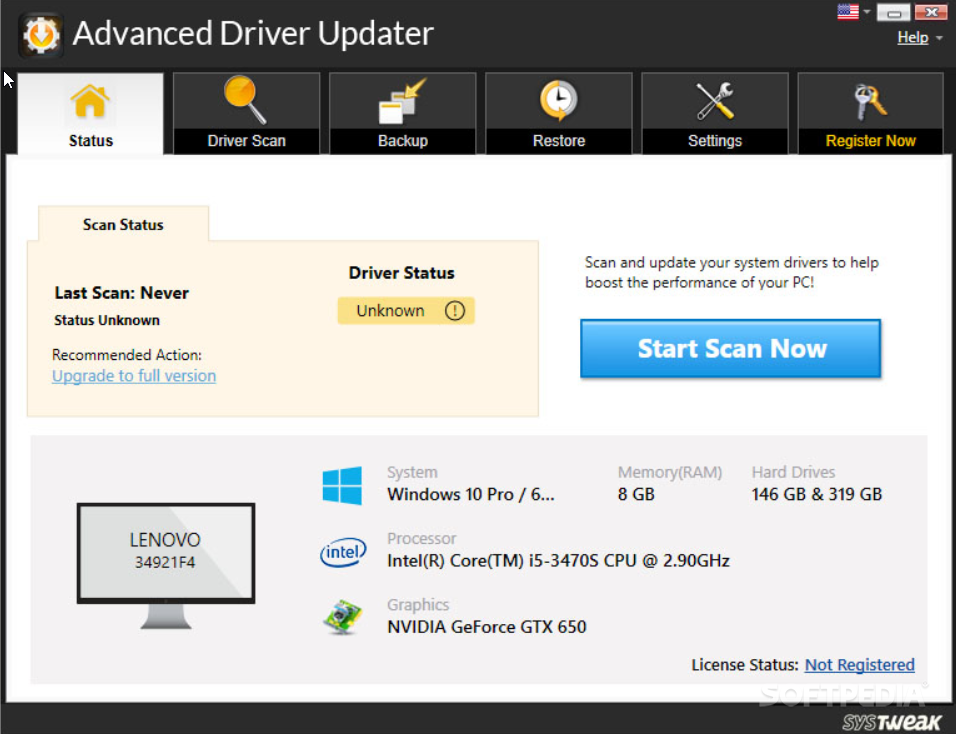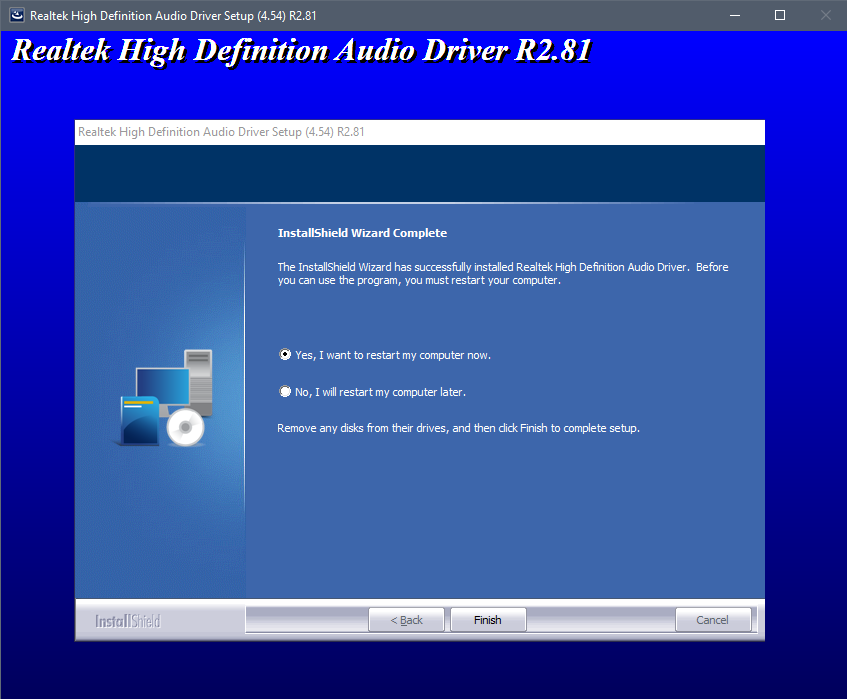

However, these updates are also recommended if you do not intend to install Windows Vista SP1. The following three updates are required before you install Windows Vista SP1.

The prerequisite updates will be installed by the stand-alone installer if they are necessary. If you decide to install Windows Vista SP1 by using the stand-alone installer instead of by using Windows Update, you will not have to install the prerequisite updates separately. This delivery method will help simplify installation of the required updates. Therefore, an additional restart will not be required. These updates will be installed together with other updates that will require that you restart the computer. The other prerequisite updates that are listed in this article apply to all versions of Windows Vista.īefore Windows Vista SP1 is released, these prerequisite updates will be delivered to most users through Windows Update as part of regularly scheduled monthly updates. Prerequisite update 935509 that is listed in this article only applies to Windows Vista Enterprise and to Windows Vista Ultimate. The software updates that are required depend on the version of Windows Vista that you want to upgrade. Two or three additional software updates are required before you install Windows Vista SP1. Additionally, these updates help improve reliability when you install or remove Windows Vista SP1. These software updates are a prerequisite for Windows Vista Service Pack 1 (SP1). This article describes the prerequisite software updates that apply to versions of Windows Vista that are mentioned in the "Applies to" section. The computer also needs 16 to 20 gigabytes of hard-drive space and a DirectX 9-compatible graphics card running the WDDM 1.0 driver software.Windows Vista Windows Vista Enterprise Windows Vista Ultimate Windows Vista Business Windows Vista Home Basic More.

At the very least, the PC must have a one-gigahertz processor and one gigabyte of memory for the 32-bit version of the system (or two gigabytes for the 64-bit edition). To go the less expensive route, first make sure your computer meets the Windows 10 system requirements, which are listed on Microsoft’s website. If you are interested in moving from Windows Vista to Windows 10, you can get there by doing a time-consuming clean installation after buying the new operating system software, or by purchasing a new PC. The free Windows 10 upgrade is available only to Windows 7 and Windows 8.1 users until July 29. Windows Vista is not mentioned in most articles about updating a computer to Windows 10 because Vista is not included in Microsoft’s free upgrade offer for the new operating system. My somewhat ancient Hewlett-Packard laptop is running Windows Vista, and I never see Vista mentioned in articles about upgrading operating systems.


 0 kommentar(er)
0 kommentar(er)
